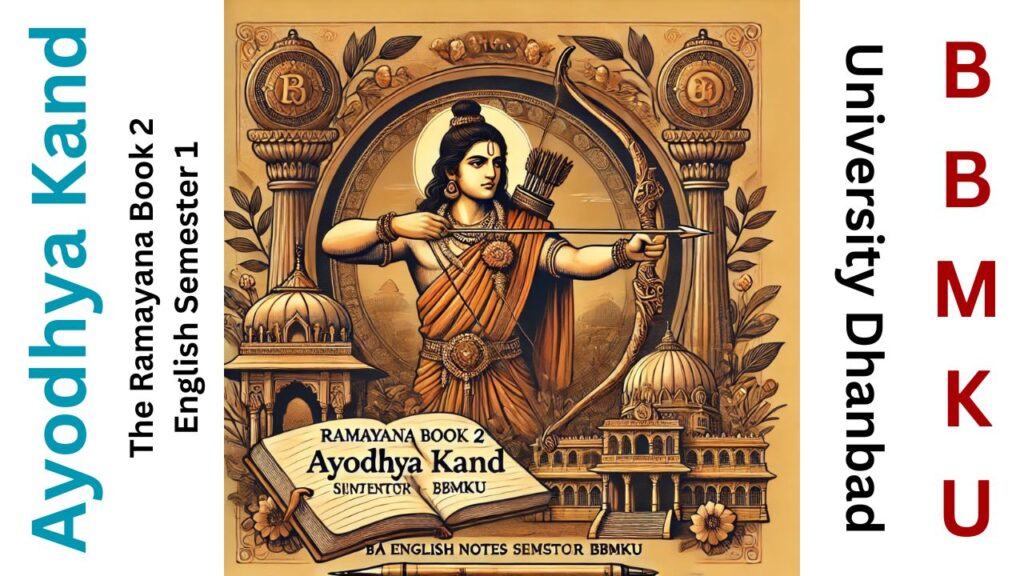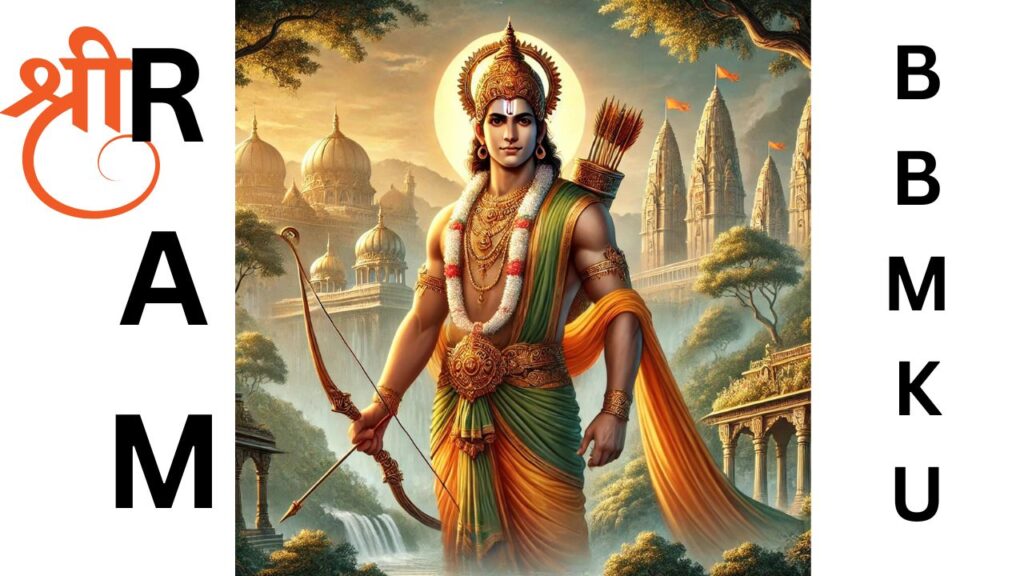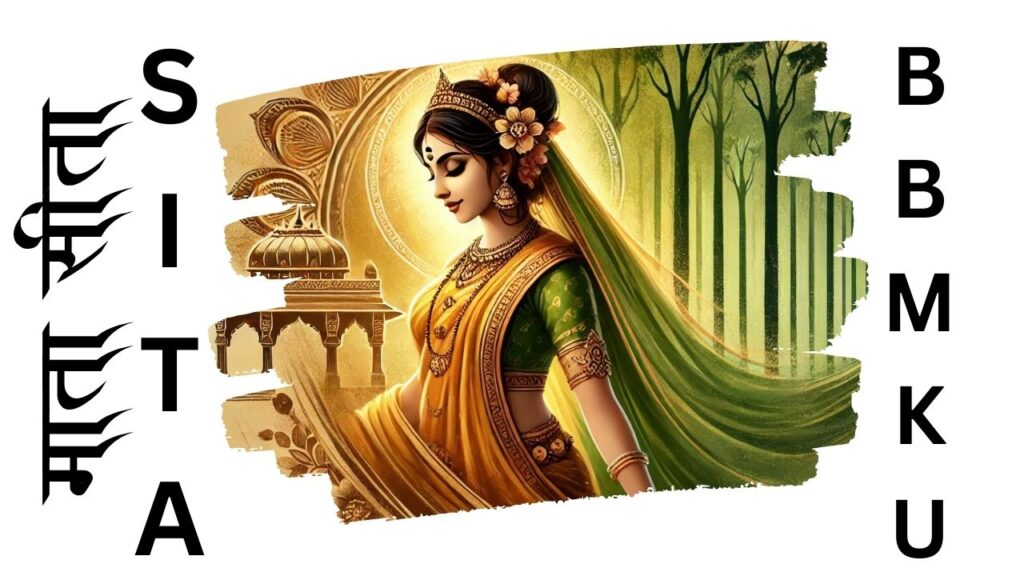Indian Classical Literature is a vast ocean of wisdom, philosophy, and storytelling that has shaped not only Indian civilization but also the cultural and intellectual landscapes of the world. Spanning millennia, it reflects the evolution of human thought, spirituality, and creativity. From the epic tales of heroism and morality to profound philosophical treatises, classical Indian literature offers insights into life, existence, and the human condition.
In this blog, we will explore the origins, themes, and enduring legacy of classical Indian literature. We’ll delve into the major works, their cultural significance, and how they continue to influence contemporary thought and art.
Origins of Classical Indian Literature
The Vedic Age: The Dawn of Literature
The roots of Indian literature lie in the Vedic Age (c. 1500–500 BCE), marked by the composition of the Vedas. Written in Sanskrit, the Vedas are the oldest sacred texts of Hinduism and are considered the foundation of Indian culture and spirituality. The four Vedas—Rigveda, Samaveda, Yajurveda, and Atharvaveda—contain hymns, rituals, and philosophical discourses.
Key Features of the Vedas:
- Rigveda: The oldest and most important, consisting of hymns dedicated to deities like Agni, Indra, and Varuna.
- Samaveda: A collection of chants and melodies for rituals.
- Yajurveda: A manual for conducting sacrificial rituals.
- Atharvaveda: Focuses on everyday life, including medicine and magic.
The Vedic literature also includes the Brahmanas, Aranyakas, and Upanishads, which delve deeper into rituals, mysticism, and philosophy.
The Epics: Ramayana and Mahabharata
The Ramayana and Mahabharata are two monumental epics that hold a special place in Indian literature. Both written in Sanskrit, they blend history, mythology, and moral teachings.
The Ramayana
- Composed by Valmiki, the Ramayana narrates the life of Lord Rama, his exile, the abduction of his wife Sita by Ravana, and her eventual rescue.
- Themes: Duty (dharma), devotion, loyalty, and the triumph of good over evil.
- Cultural Impact: The Ramayana has inspired countless adaptations, performances, and artworks across India and Southeast Asia.
The Mahabharata
- Attributed to Vyasa, the Mahabharata is the longest epic poem in the world, with over 100,000 verses.
- It tells the story of the Kuru dynasty, focusing on the rivalry between the Pandavas and Kauravas, culminating in the epic battle of Kurukshetra.
- Themes: Dharma, karma, leadership, and the complexities of human relationships.
- The Bhagavad Gita, a philosophical discourse between Lord Krishna and Arjuna, is a key section of the Mahabharata and a cornerstone of Indian philosophy.
Classical Sanskrit Literature
The Puranas
The Puranas are a genre of ancient Indian texts that narrate the history of the universe, genealogies of gods, and legends of saints and kings. They serve as a bridge between myth and history, blending spirituality with storytelling.
Major Puranas:
- Vishnu Purana: Focuses on Lord Vishnu and his avatars.
- Shiva Purana: Dedicated to Lord Shiva.
- Bhagavata Purana: Celebrates Lord Krishna’s life and teachings.
Kalidasa: The Crown Jewel of Sanskrit Poetry
Kalidasa, often called the Shakespeare of India, was a classical Sanskrit poet and playwright whose works are celebrated for their lyrical beauty and emotional depth.
Major Works:
- Abhijnanashakuntalam: A romantic drama about love, separation, and reunion.
- Meghaduta: A lyrical poem about a cloud acting as a messenger.
- Raghuvamsha: An epic poem about the Raghu dynasty.
Kalidasa’s works showcase the richness of Sanskrit literature and its ability to capture human emotions and the beauty of nature.
Philosophical Treatises
Classical Indian literature is deeply intertwined with philosophy. The Upanishads, Bhagavad Gita, and various commentaries on the six schools of Indian philosophy (Shad Darshanas) explore profound metaphysical and ethical questions.
Upanishads: The Pinnacle of Vedic Thought
The Upanishads, also known as Vedanta, are philosophical texts that delve into the nature of reality, the self, and the ultimate truth (Brahman).
Key Concepts:
- Atman: The individual soul or self.
- Brahman: The ultimate reality or universal soul.
- Moksha: Liberation from the cycle of birth and death.
Bhagavad Gita: The Song of the Divine
The Bhagavad Gita is a philosophical dialogue that addresses the dilemmas of life, duty, and spirituality. It offers guidance on how to live a righteous life and achieve spiritual enlightenment.
Regional and Vernacular Literature
While Sanskrit dominated early Indian literature, regional languages like Tamil, Telugu, Kannada, and Bengali began to flourish during the classical period.
Sangam Literature
Sangam literature, written in Tamil, is one of the earliest examples of regional Indian literature. It includes poetry on love, war, and ethics, reflecting the lives and values of ancient Tamil society.
Bhakti and Sufi Movements
The Bhakti (devotional) and Sufi (mystical) movements contributed significantly to Indian literature in regional languages. Poets like Kabir, Tulsidas, and Mirabai wrote devotional songs and poems that emphasized love, equality, and spirituality.
Legacy and Influence
Classical Indian literature has had a profound impact on Indian culture, influencing art, music, dance, and theater. Its themes of morality, spirituality, and human relationships resonate across generations.
Global Impact
- The Mahabharata and Ramayana have been translated into numerous languages and adapted into films, plays, and television series worldwide.
- The philosophical ideas of the Upanishads and Bhagavad Gita have inspired thinkers like Ralph Waldo Emerson, Henry David Thoreau, and Aldous Huxley.
Preservation and Revival
Efforts are underway to preserve and promote classical Indian literature through digital archives, translations, and educational initiatives. Institutions like the Sahitya Akademi and Indira Gandhi National Centre for the Arts play a vital role in this endeavor.




Pingback: Exploring Alankara and Rasa Theory: The Foundations of Indian Aesthetics - SCIPUZ
Pingback: Classical Indian Drama: Theory and Practice – A Window into Ancient Indian Theatre - SCIPUZ
Pingback: Vyas: Mahabharata (The Book of Assembly Hall or Sabha Parva) – Summary and Analysis - SCIPUZ
Pingback: Homer’s Iliad, Book 1: Summary, Themes, and Analysis | Semester 2 BBMKU Notes - SCIPUZ
Pingback: The Indian Epic Tradition: Themes and Recensions | English Semester 1 BBMKU - SCIPUZ